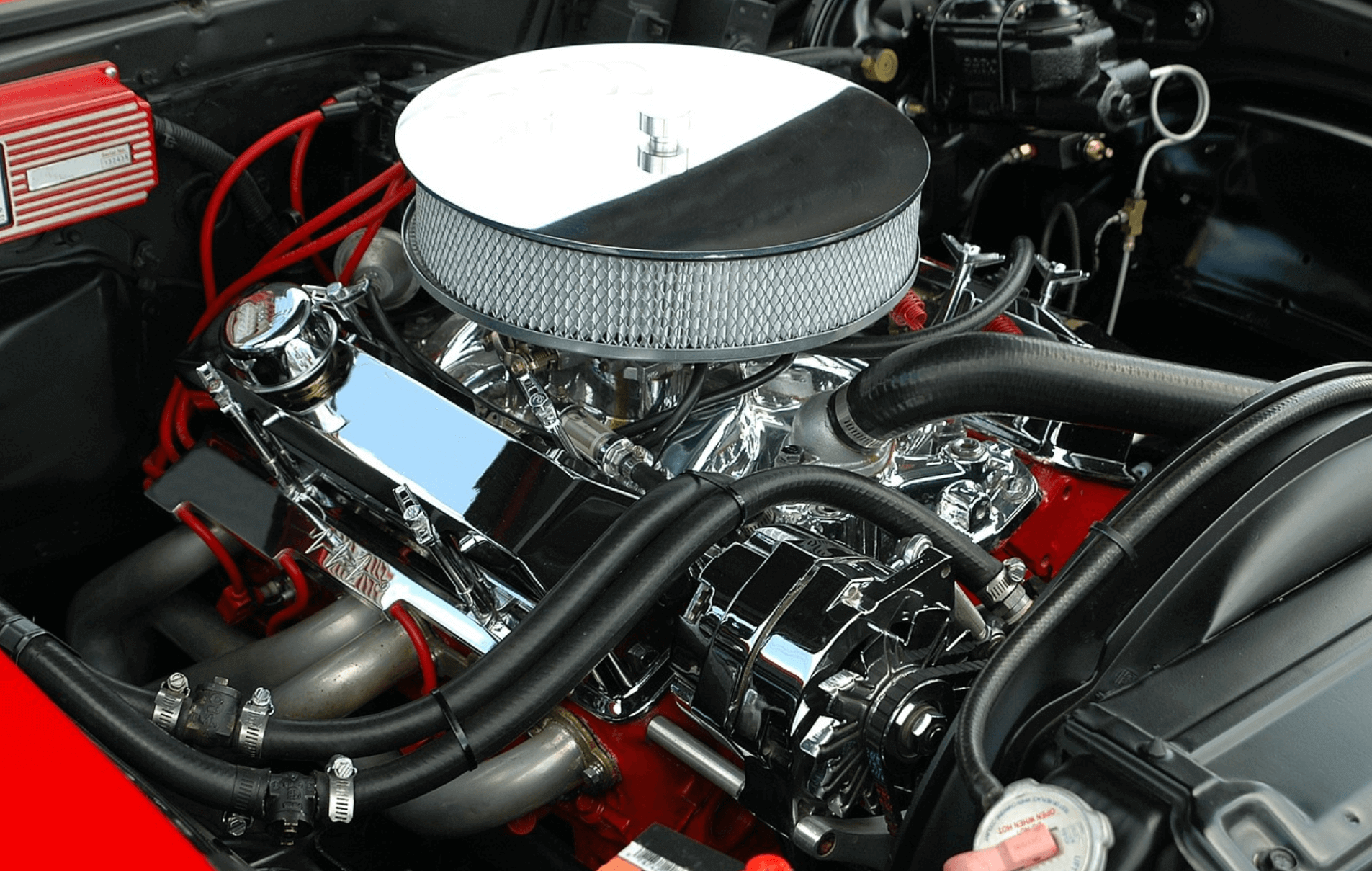Are you tired of trying to find a parking spot in the city? Well, single-speed bikes are becoming a popular means of transportation in big cities. Single speeds are ideal for leisure biking enthusiasts and more advanced racing cyclists. Would you like to know about the benefits associated with riding one of these bicycles in the city?
Here Is A list of the Most Prominent Advantages
- Single-speed bicycles are easier to use than gears.
- Needs very little maintenance.
- Are less expensive than other bikes.
- Provide easy uphill traveling.
- Are lightweight and highly durable.
- Make for a smooth ride, including coasting along roadways.
Single Speed Bikes VS Mountain Bikes
Deciding on a single-speed or multiple-gear bike depends on one’s personal intentions. And is a choice that is further compounded by the various options which fall under each category. Bicycles are becoming a popular method of transportation in today’s world. Helping people to stay physically fit and eliminates the frustration of commuter congestion.
Multi-Gear Bicycles:
For those who enjoy riding through forests and along nature trails. A mountain bicycle is set with lower gears that are perfect for rough terrain. These gears allow riders an option to choose what ratio of
Pedal-power propels the bicycle forward. Through the use of adjusting chains, allowing one to travel over various kinds of terrain. Multi-gear Mountain bikes have what it takes for moving across undulating landscapes. And their low-gear setting provides a smooth uphill climb. As the bicycle travels downhill the higher gears allow it to pick up speed. Giving it the ability to cover more ground. Most multi-gear mountain bikes range from three, thirty, and higher. Due to the need to handle both hilly surfaces and distance; they have a greater amount of gears.
Single Speed Bicycles:
For someone looking to commute around the city; a single-speed bike works the best. As its name suggests, a single-gear bicycle only has one gear. In other words, the rider utilizes that one single gear by itself! There is a braking mechanism, but single-speed bikes don’t have the added gears for an uphill climb. Thus, working the best on flat terrains and surfaces. Making them a favorite bike for city riding.
The Pros & Cons Of Single Speed Bikes
Before you go out and buy a single-speed commuter bike, it’s best to first weigh the pros and cons. Such as the various price ranges; starting out at $150 up to $2,000. Even if you’re a newbie to single-speed bikes, this guide will give you a better understanding.
The Pros Of Single Speed Bicycles
Simplicity:
Practical bike riders prefer something affordable that’s capable of getting them from point A to point B.
Single-speed bicycles allow you to travel through the city with ease. Without worrying about shifting gears. The simplicity of these bikes also means a smoother ride.
Single Speed Bicycles Are Excellent For City Riding:
Have you ever attempted to maneuver a mountain bike down a narrow city street? The many backbreaking potholes. But, a single-speed bike makes your riding experience more pleasant.
Great Leg Shapers:
Do you want a hardcore leg workout and an improvement in health? A single-speed bike is exactly what you’re looking for! They are ideal for long-distance traveling. Thus, helping to improve your muscle tone while riding.
The Cons Of Single Speed Bikes
Don’t Climb Hills Well:
The one major disadvantage with a speed bike is uphill climbing! Though traveling Downhill can also be challenging. For instance, you will have to keep pedaling even while going downhill.
Single Speed Bike Features:
Features may vary depending on the bike. Below are some of the more popular ones.
- Bullhorn Handlebars
- Pro-Max Brakes
- A Protek Crank
- Horizontal Dropouts
- KMC Chain
- Hand-Built Steel Frame
Frequently Asked Questions:
What is a fixed gear bike?
Fixed gear uses a special track or fixed cog. Which are located on the back hub? Thus, because there’s no freewheel, your legs are in control!
Why don’t single-speed bikes have any gears?
Putting gears on the bike would complicate its performance quality!
Is it easy to mount and dismount a single-speed bike?
Single-speed bicycles can be mounted just like a regular bike!
Final Verdict:
As you can see, single-speed bikes are a great concept for city riding. Plus, they also will help to save you time and money in the long run!
Read Also:






















